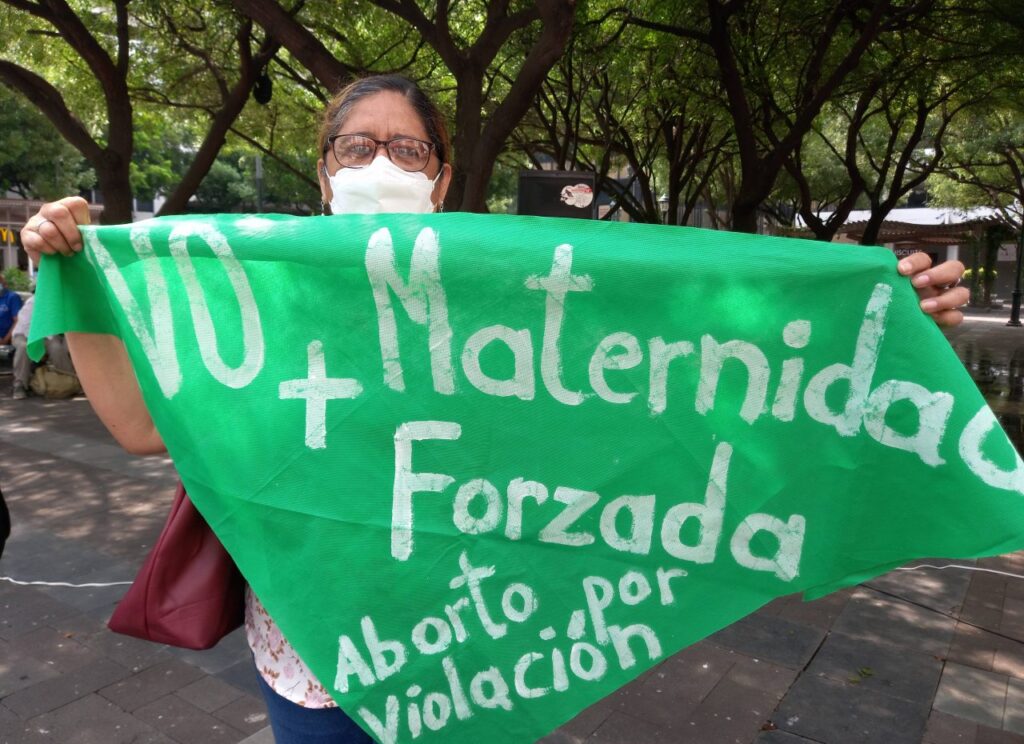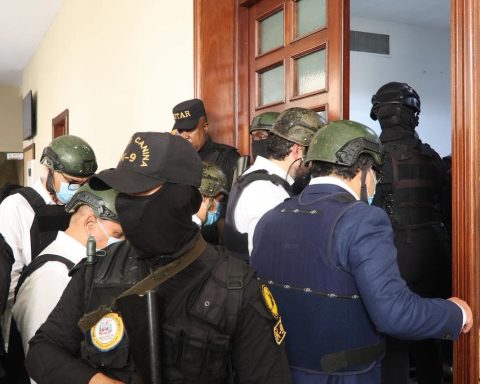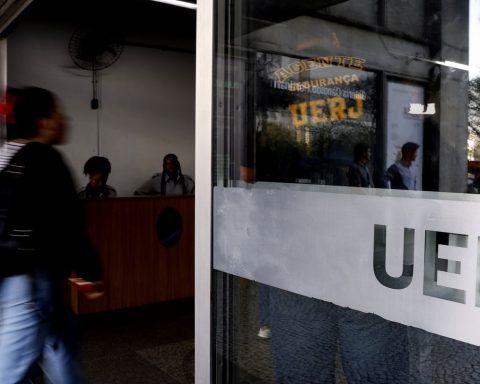In Mexico, there are 15 million 527,270 people who work more than 48 hours per week. We all know some of them. They are super workers or super workers and we can assume that they commit to these workloads because it would not be enough for them if they “settle” for working 40 hours or less. They are the main responsible for Mexico being the country in which more hours are worked, within the OECD. They represent 27% of our workforce. They are 33% of employed men and 20% of women who participate in the labor market. In numerical terms, they grew a lot in 2021, they are 1 million 499,752 more than in 2020, according to the National Survey of Occupation and Employment (ENOE). It is a labor “army” that was mobilized motivated, among other things, by the increase in the cost of living and that found a labor market with more opportunities, but more precarious.
Those who work more than 48 hours a week are an admirable group, in more ways than one, but also a symptom of the dysfunctionality of our labor market. It is not the only symptom and, surely, it is not the most serious. We close 2021 with a fact that deserves attention: There are 2 million 375,558 people who work without receiving remuneration. Here there are sons, daughters, husbands or wives… concubines, nephews or uncles who contribute, perhaps, with their effort to the family business. As a group, they are more numerous than the population of a dozen states. If they were a municipality, they would be among the five most populated in our country. Describing them accurately is difficult because it is a blurred photograph, how is it that there are more than 2 million people who work without pay? There are signs of exploitation and something that also points to very low productivity.
How many people are unemployed? They were 2 million 150,582 at the end of 2021, the ENOE tells us. It is barely 3.7% of the Economically Active Population. A rate that is less than 4.5% and that compares favorably with the data from countries such as Spain, which has 13%, or Chile, which has 8.5 percent. The data produced by the INEGI has no trick. It uses a definition accepted in the world and that corresponds to the best international practices. Unemployed are those people who did not work even one hour in the reference period and were looking for work.
I have said that the definition of the unemployed population has no trick, but that does not mean that the subject ends there. The INEGI offers us a complementary table, better said, a gallery of complementary graphs. They are in the area of the so-called Non-Economically Active Population. There we have 39 million 722,559 people, a little more than four out of every 10 people of working age in Mexico. That group splits into two. The first of these deserves a lot of attention: 7.5 million people declare themselves available for work, but did not look for work. “They would accept one if it was offered to them”, says the INEGI in its report on the labor market. There are 7.5 million who are not added to the 2 million 150,000 unemployed, for the simple reason that they did not make the effort to look for a job. Here we find people who have been disconnected from the labor market for a long time, people who looked for work and stopped doing so because they were unsuccessful in their search.
The world of work has hell, purgatory and paradise, like Dante’s Divine Comedy. It’s not always easy to know who is where, is it hell or heaven to work more than 48 hours a week…? How can working for free not be hell? We have over 7.5 million people who are available but not looking for work, what do we do with them? In other countries, they are the object of job skills updating programs and also mental health support programs. We can do nothing, but there are 7.5 million people, triple and slightly more than our official number of unemployed.
General Editorial Director of El Economista
Safe
Degree in Economics from the University of Guadalajara. He studied the Master of Journalism in El País, at the Autonomous University of Madrid in 1994, and a specialization in economic journalism at Columbia University in New York. He has been a reporter, business editor and editorial director of the Guadalajara newspaper PÚBLICO, and has worked for the newspapers Siglo 21 and Milenio.
He has specialized in economic journalism and investigative journalism, and has carried out professional stays at Cinco Días in Madrid and San Antonio Express News, in San Antonio, Texas.


















